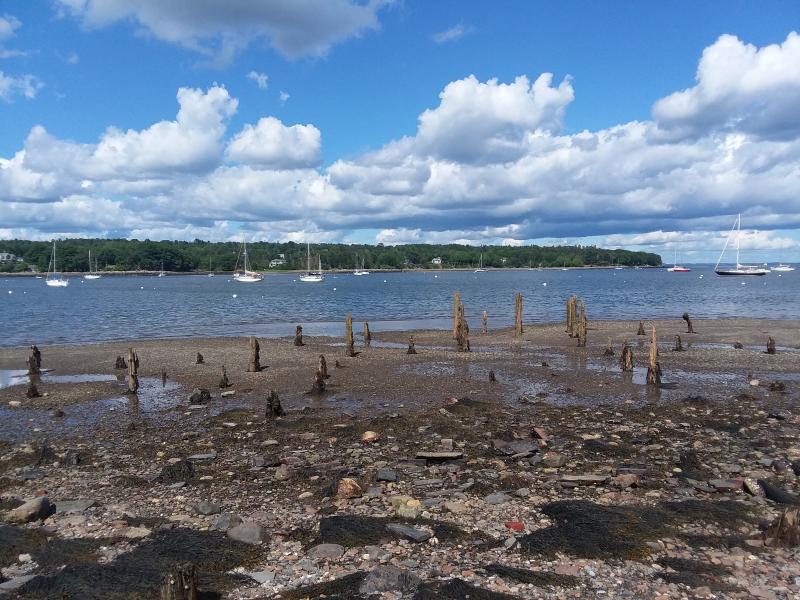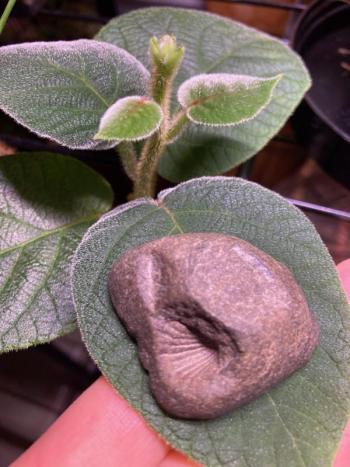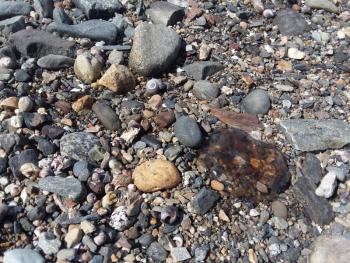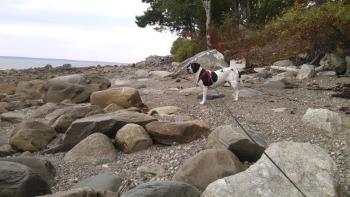Coastal Maine, with its rugged shores and diverse geological formations, holds a secret beneath its surface – undiscovered fossils that tell the tales of ancient marine life. Fossil enthusiasts and curious explorers alike can embark on a fascinating journey along the state's picturesque coastline to uncover the remnants of creatures that once inhabited these waters.
What is a fossil? According to Merriam-Webster, in geological terms, a fossil is defined as: a remnant, impression, or trace of an organism of past geologic ages that has been preserved in the earth's crust.
The coastal region of Maine holds a geological history dating back millions of years, according to Maine.gov. Sedimentary rocks, formed through the accumulation of marine sediments, can be found along the shoreline. These rocks offer a glimpse into the ancient ecosystems that flourished when Maine was submerged beneath prehistoric seas.
Brachiopods and Mollusks: Commonly found in the sedimentary rocks, these species are among the most common fossils. These marine invertebrates left behind intricate shell formations that have endured the test of time.
Trilobites: While not as common as brachiopods and mollusks, trilobites can be discovered in certain geological formations. These ancient arthropods, with their distinctive segmented exoskeletons, provide a glimpse into the Paleozoic Era.
Plant Imprints: Fossilized plant imprints, such as leaves and stems, can be found in sedimentary rock layers. These remnants offer insight into the flora that once thrived in the coastal regions of Maine.
Other fossils that can be found include gastropods, like snails and conchs, corals, and crinoids. Crinoids, more commonly known as sea lilies, are stalked marine invertebrates similar to an inverted starfish.
Exploration Tips
Know your geological formations. Familiarize yourself with the geological formations in the area. Fossil-rich zones are often associated with specific rock types, such as shale and limestone.
Low tides are your friend. Plan your fossil hunting excursions during low tide. This exposes a larger area of the rocky shoreline, providing greater access to potentially fossil-bearing rocks.
Bring the right tools. A small hammer, chisel, and a soft brush can be useful for gently extracting fossils from the rock matrix. Exercise caution to avoid damaging both the fossils and the natural environment.
Respect the environment. While hunting for fossils, it's crucial to respect the delicate coastal ecosystem. Follow ethical collecting practices and avoid disturbing living organisms or damaging the geological formations.
Coastal Maine's fossil-rich shores offer a unique opportunity for exploration and discovery. As you traverse the rugged coastline, keep your eyes peeled for the subtle imprints and remains of ancient marine life. Whether you're a seasoned fossil enthusiast or a curious beachcomber, the coast offers a glimpse into the state’s distant past, where the secrets of ancient life are waiting to be uncovered.


































